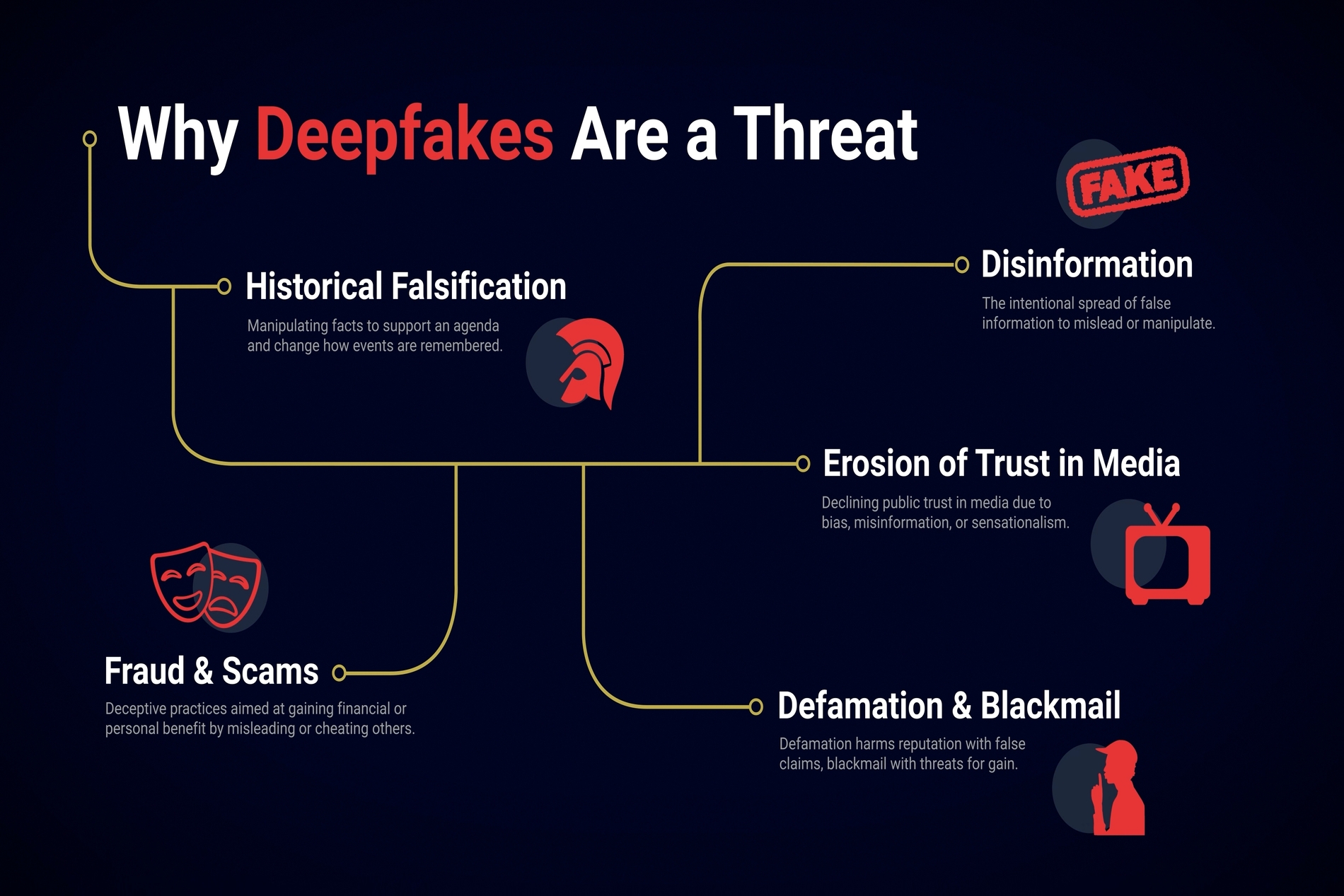
Credit: Shutterstock
Spotting what’s real before it costs you
Artificial intelligence has made life easier in countless ways, but it’s also made deception easier. Deepfake scams are becoming more common, using realistic audio, video, and images to trick people into sharing money or information. From fake CEO calls to AI-generated relatives asking for help, the danger is no longer theoretical. Here’s how to stay one step ahead.
1. Slow Down and Verify
Deepfake scams work best when they create urgency. If someone claims to be a boss, family member, or government official demanding immediate action, pause before responding. Call them directly through a known number or video chat. A quick verification often exposes the fake.
2. Check the Details
Deepfakes are getting better, but small clues still give them away. Watch for unnatural blinking, stiff facial movements, or slightly mismatched lighting in a video. In voice scams, listen for robotic pacing or awkward pauses that break the natural flow of conversation.
3. Guard Personal Information
Scammers often gather data from social media to make their AI impersonations more convincing. Keep profiles private, avoid oversharing personal details, and be cautious about what you post publicly. Even harmless updates can feed an AI model designed to mimic you or someone you know.
4. Double-Confirm Financial Requests
Never move money or share payment details based on a video or voice message alone. If an executive or colleague asks for urgent transfers, confirm in person or through another secure channel. Many corporate deepfake scams have been successful because employees trusted familiar voices without checking.
5. Use Technology to Fight Technology
Security tools are catching up. Some platforms now use deepfake detection algorithms that flag manipulated media. Keep your devices updated, enable two-factor authentication, and use password managers to limit what a scammer can access if they get in.
AI deepfakes thrive on speed and panic. The simplest protection is to slow the moment down, verify what you see, and trust your instincts when something feels off. In a world where fake looks real, skepticism is your best defense.

































